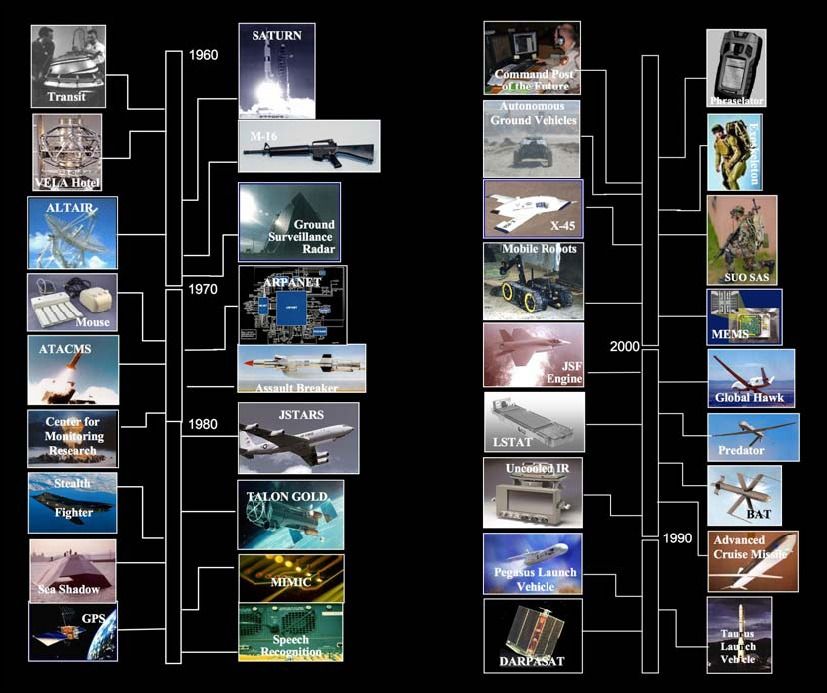An excellent article by Bruce Schneier on the psychology of security is available here. It starts as follows:
Security is both a feeling and a reality. And they’re not the same.
The reality of security is mathematical, based on the probability of different risks and the effectiveness of different countermeasures. We can calculate how secure your home is from burglary, based on such factors as the crime rate in the neighborhood you live in and your door-locking habits. We can calculate how likely it is for you to be murdered, either on the streets by a stranger or in your home by a family member. Or how likely you are to be the victim of identity theft. Given a large enough set of statistics on criminal acts, it’s not even hard; insurance companies do it all the time.
We can also calculate how much more secure a burglar alarm will make your home, or how well a credit freeze will protect you from identity theft. Again, given enough data, it’s easy.









